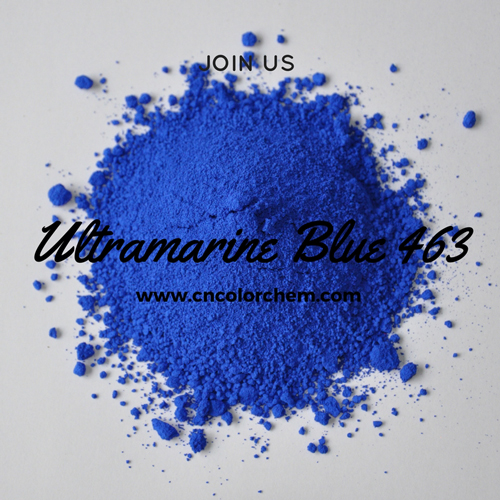Ultramarine blue pigment is the oldest and brightest blue pigment. It is also a common mineral pigment. The earliest ultramarine blue comes from ground lapis lazuli, which is a kind of sodium aluminum sulfur silicate. Because of the rarity of lapis lazuli, the price of Ultramarine remained high until the invention of synthetic ultramarine in the 19th century.
Ultramarine blue pigment has a unique red shade of blue, with a very vivid hue, good transparency, completely different from phthalocyanine blue and anthraquinone blue, Much more red than phthalocyanine blue, but compared with phthalocyanine blue, its tinting strength is much lower. Ultramarine blue has a very good heat resistance up to 400°C. Widely used in plastics, cosmetics, food packaging ppt7, art paints and coatings and other fields.
Chemically synthesized ultramarine is commercially available in three colors, reddish blue, purple and peach. Ultramarine blue is calcined at about 800°C. Ultramarine violet and ultramarine pink are derived from ultramarine blue for further oxidation and ion exchange.
Ultramarine blue, the unique blue color, comes from the sodium salt formed by capturing and stabilizing polysulfide free radicals in the sodium aluminum lattice. Ultramarine blue has excellent light resistance and is insoluble in water and organic solvents. It is not acid resistant, and the pigment is completely decomposed in contact with strong acid and loses its color. In the acidic system of plastic processing, it fades to generate odorous H2S. For example, in the PVC system, it reacts with lead or tin-containing stabilizers to generate black PbS and yellow SnS2.





